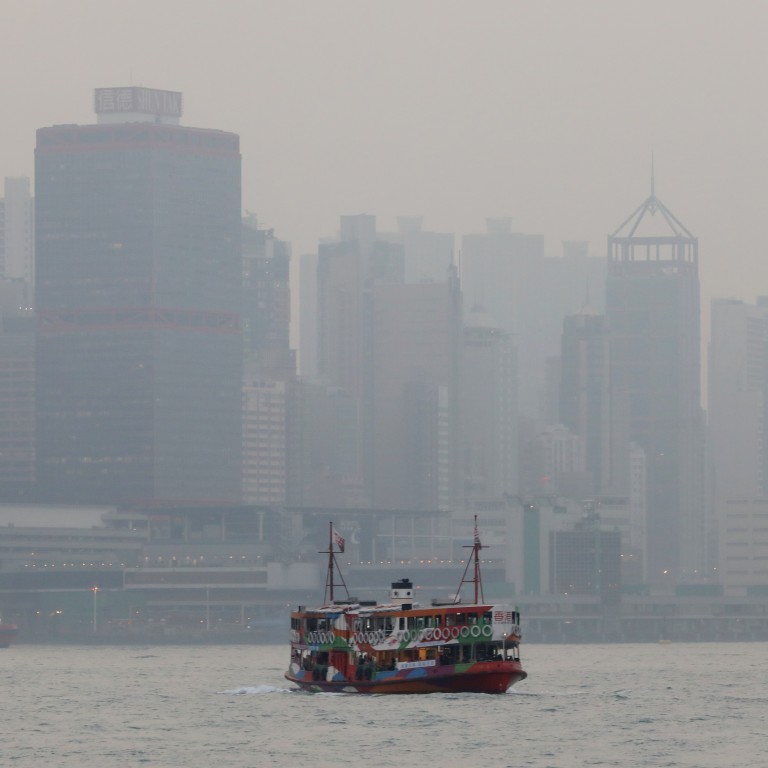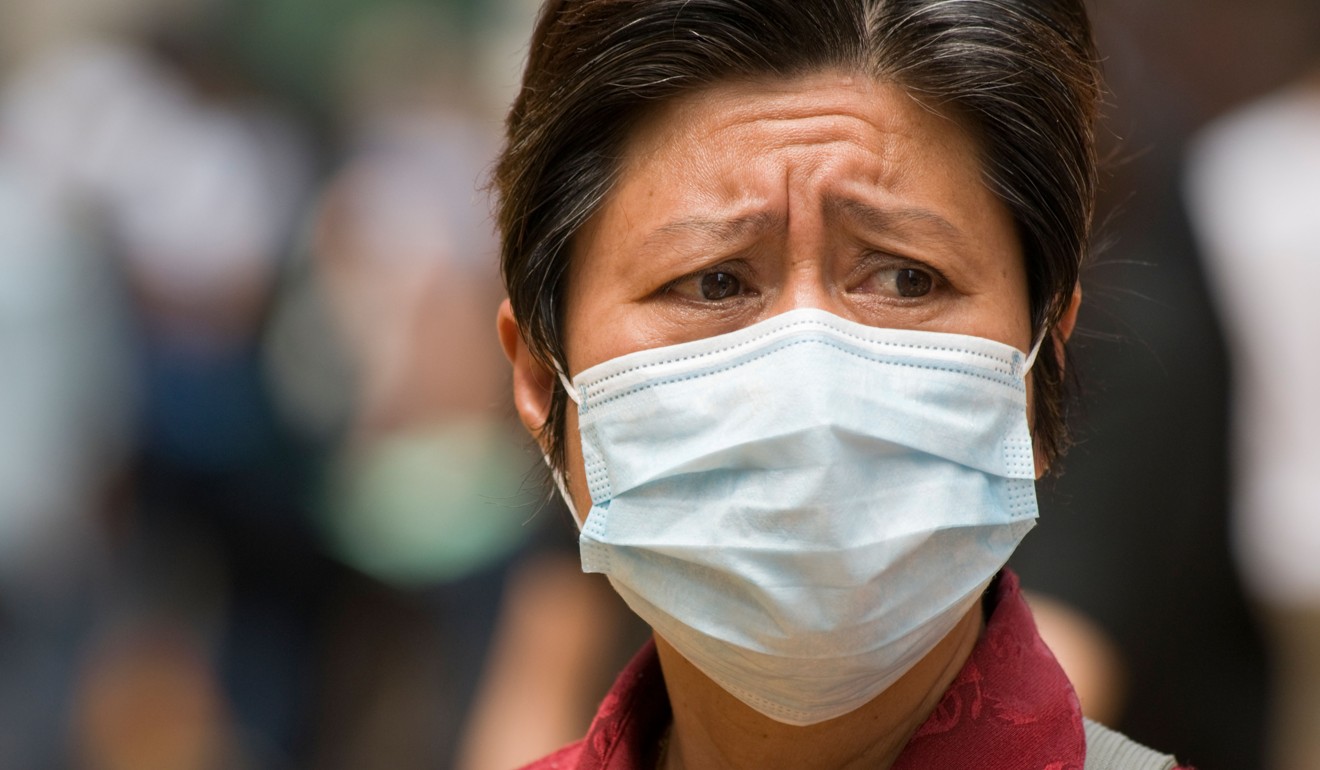
Fewer days of dirty air in Hong Kong in 2018, green group says – but it’s not all good news, especially for those in western parts
- Over past five years, towns in western areas fared the worst, with Tuen Mun the most polluted district for the fifth consecutive year
- Despite overall improvement, relatively cleaner districts have also become more polluted, Green Power says
Hongkongers may have spent fewer days breathing in unhealthy air last year, according to a green group’s analysis of official data.
Green Power’s findings came as the Environmental Protection Department was expected to release its annual summary of overall air quality for 2018 on Friday.
According to the group’s analysis of a year of data from the department’s 13 roadside and ambient air quality monitoring stations, Hong Kong experienced at least 60 days where pollution corresponded to a “high” health risk, or a “7” on the 11-tier Air Quality Health Index.
That was lower than the 82 days logged in 2017 and the 77-day yearly average over the past four years.
In terms of total hours, there were 2,292 last year when the index was a 7 or higher, down from 3,413 in 2017 and below the recent average of 2,982.
Over the past five years, towns in western areas of Hong Kong fared the worst, with Tuen Mun – averaging 60 days of high health risk air including 10 when it hit the highest “serious” reading – the most polluted district for the fifth consecutive year, followed by Yuen Long in second place and Tung Chung in third.
Hong Kong could get less polluted winter, thanks to El Niño
“As the western [parts of the] territory recorded the highest number of hours and days with ‘very high’ or ‘serious’ readings, there is a high health risk to the public in those districts,” the group said.
“It is unwise to plan major infrastructure and residential developments in the west of the territory without implementing effective measures to improve the air quality, particularly in the western districts.”

But despite an overall improvement, relatively cleaner districts have also become more polluted when compared with five years ago.
“The air quality of eastern parts of the territory such as Eastern District, Sha Tin and Tai Po should draw grave attention as their ranking in terms of numbers of hours and days of high health risk air has been increasing in the past five years,” said Cheng Luk-ki, head of scientific research and conservation at Green Power.
Roadside dominant nitrogen dioxide and ozone pollution, which is regional, also remains high in general.
The findings are largely in line with the government’s view that concentrations of key air pollutants such as sulphur dioxide and particulates have declined by about 30 per cent over the past five years as a result of a series of successful emission control measures.
The government has proposed to tighten maximum levels of two key pollutants – fine suspended particulates and sulphur dioxide – but green groups have criticised them as being “overly conservative”.

